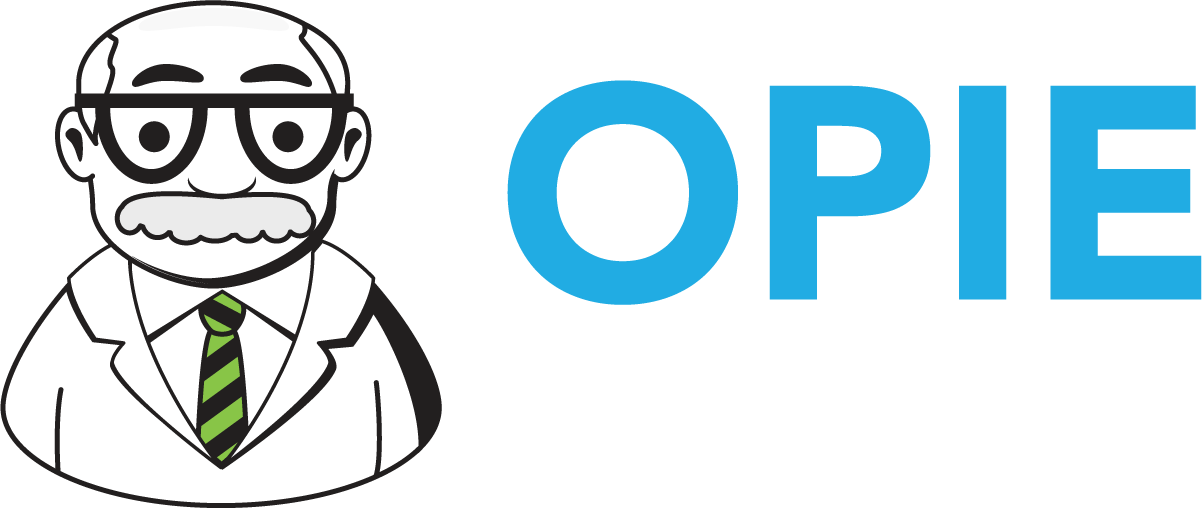From Chaos to Clarity
Do you ever feel like you’re making a thousand decisions before noon-most of them tiny, but all of them draining? If you’re a clinical practice manager or clinician, you know the feeling all too well. The barrage isn’t just about big choices like hiring or implementing new systems. It’s the constant stream of “Should I respond to this email now or later?” and “Do I need to check in on that patient today or tomorrow?” By the end of the week, it’s no wonder you feel like you’re running on empty.
But what if the real problem isn’t just the number of decisions, but how we make them-and whether we’re letting our emotions call the shots?
Feelings: Good Followers, Bad Leaders
Yours is emotional work. We care deeply about our patients, our teams, and our outcomes. Feelings can alert us to problems and spark creative solutions. But when it comes to making decisions, feelings should be in the passenger seat, not behind the wheel.
We’ve all seen how an emotionally charged decision can derail a project, strain a referral relationship, or lead to a patient care misstep. Passion is essential in our field, but passion without process is just noise. When leaders react instead of respond, teams feel the whiplash. Consistency and clarity go out the window, and chaos takes over.
The Decision Avalanche
Whether it’s 30,000 or 3,000 decisions a day, the reality is the same: decision fatigue is real. Every “yes” or “no” chips away at your mental energy. By the end of the day, your brain is running on fumes-and that’s when mistakes creep in. You forget to follow up, approve something without a second glance, or snap at a colleague.
Here’s the kicker: most of these decisions aren’t strategic. They’re noise. The more noise you allow, the less space you have for the decisions that actually move your practice forward.
Channeling Adam Smith: Why Division of Labor Still Matters
Let’s borrow a page from Adam Smith, the 18th-century economist who championed the division of labor. His insight? When work is broken into specialized, repeatable tasks, chaos shrinks and productivity soars. Each person focuses on what they do best, routines become second nature, and mental load lightens.
Sound familiar? That’s the heart of process improvement. It’s why we build checklists, create workflows, and delegate. Not to turn people into robots, but to free up our best thinking for the moments that matter most.
Smith didn’t talk about “decision fatigue” or “Lean-Six Sigma,” but his principles are spot-on for today’s clinical leaders. By narrowing our focus and building systems, we tame the chaos and reclaim our energy for high-impact decisions.
Are You the Author of Your Own Chaos?
Here’s a hard truth: much of the chaos in our work lives is self-authored. We overload our calendars, we skip the process review doing it “the way we always have,” and we let feelings nudge us into one-off exceptions. Before we know it, we’re firefighting instead of leading.
But the good news is, since we’re the authors, we can rewrite the script.
Try these strategies:
Audit your decisions: Where are you spending your mental energy? Which choices could be automated, delegated, or eliminated altogether?
Build better systems: Specialize, standardize, and let routines do the heavy lifting. Don’t reinvent the wheel every day.
Lead with clarity, not emotion: Use your feelings as data, not as the driver. Respond-don’t react.
Moving from chaos to clarity starts with recognizing the hidden cost of unmanaged decisions and unchecked emotions. The most successful clinical leaders don’t just work harder-they work smarter. They design their days to minimize noise and maximize impact.
So, the next time you feel overwhelmed by the avalanche of choices, remember: you don’t have to do it all, and you definitely don’t have to feel it all. Let process and focus be your guide. As Adam Smith might say, prosperity isn’t just about working more-it’s about working wisely.
Ready to tame your chaos? Start with one process, one routine, one decision at a time. The clarity you crave is closer than you think. OPIE Anywhere
Looking for more ways to streamline your clinical practice? Participate in our MasterMind process, tailored for clinical leaders like you.

